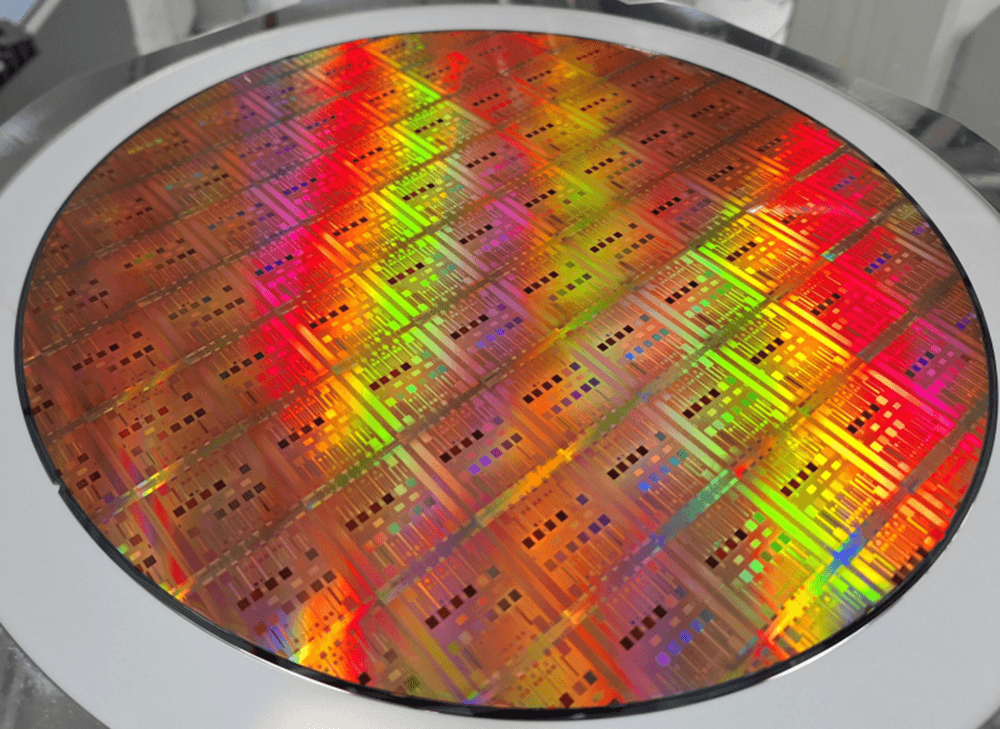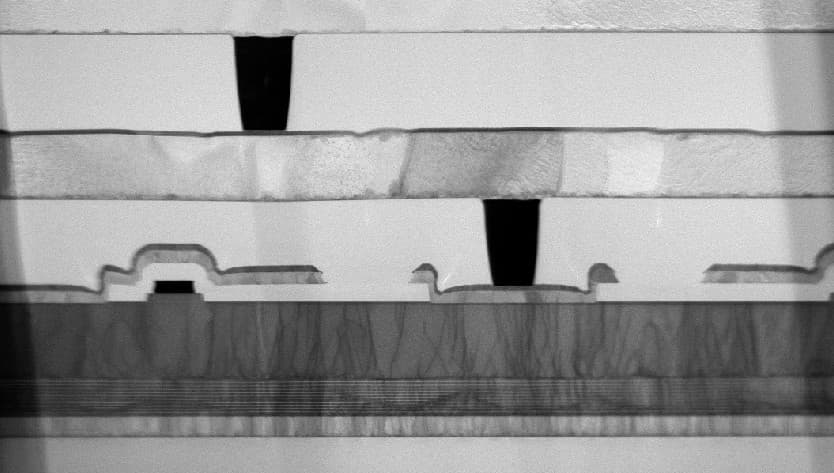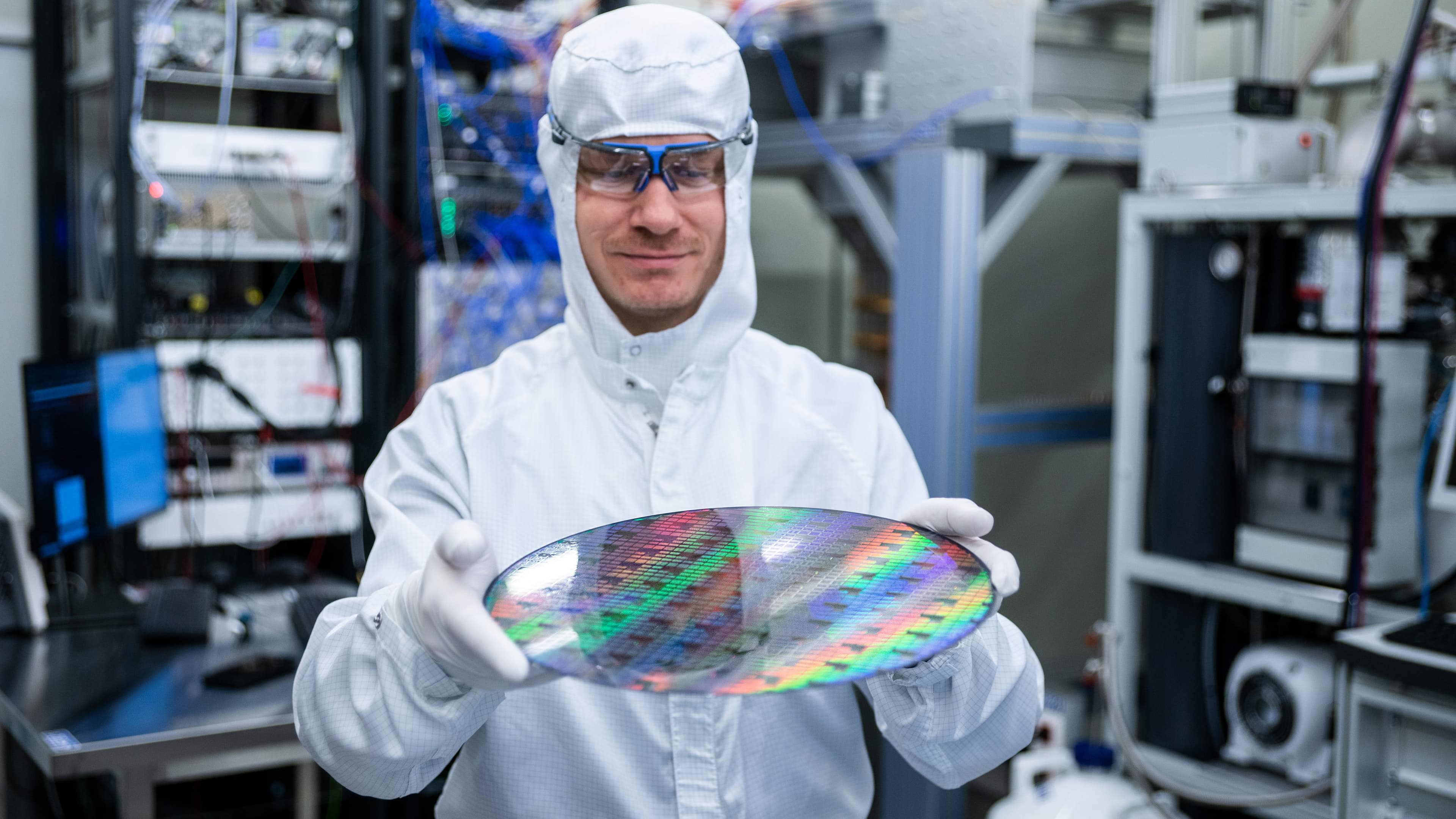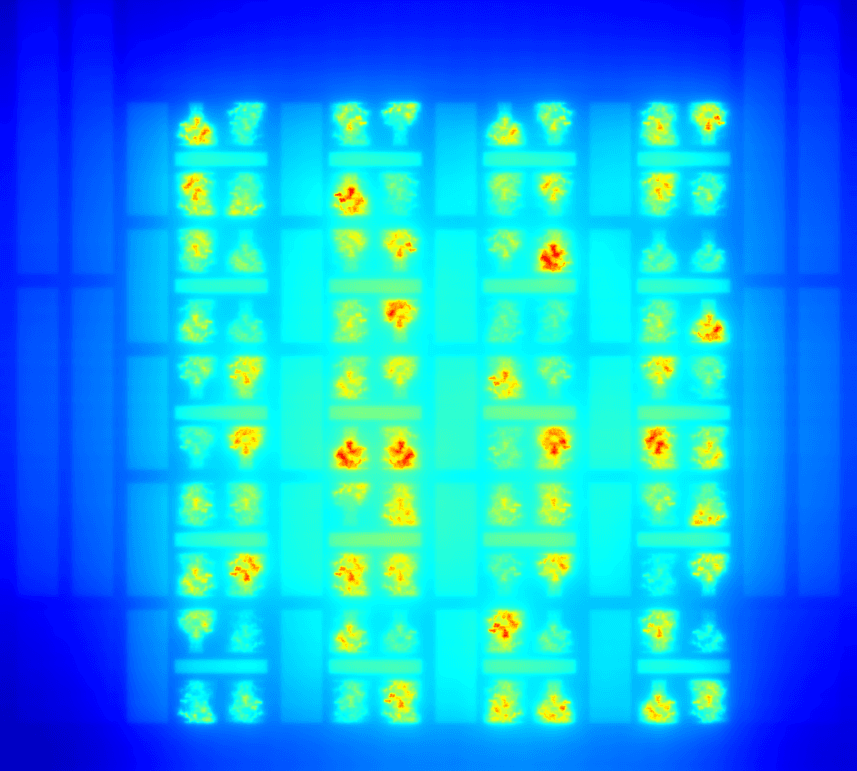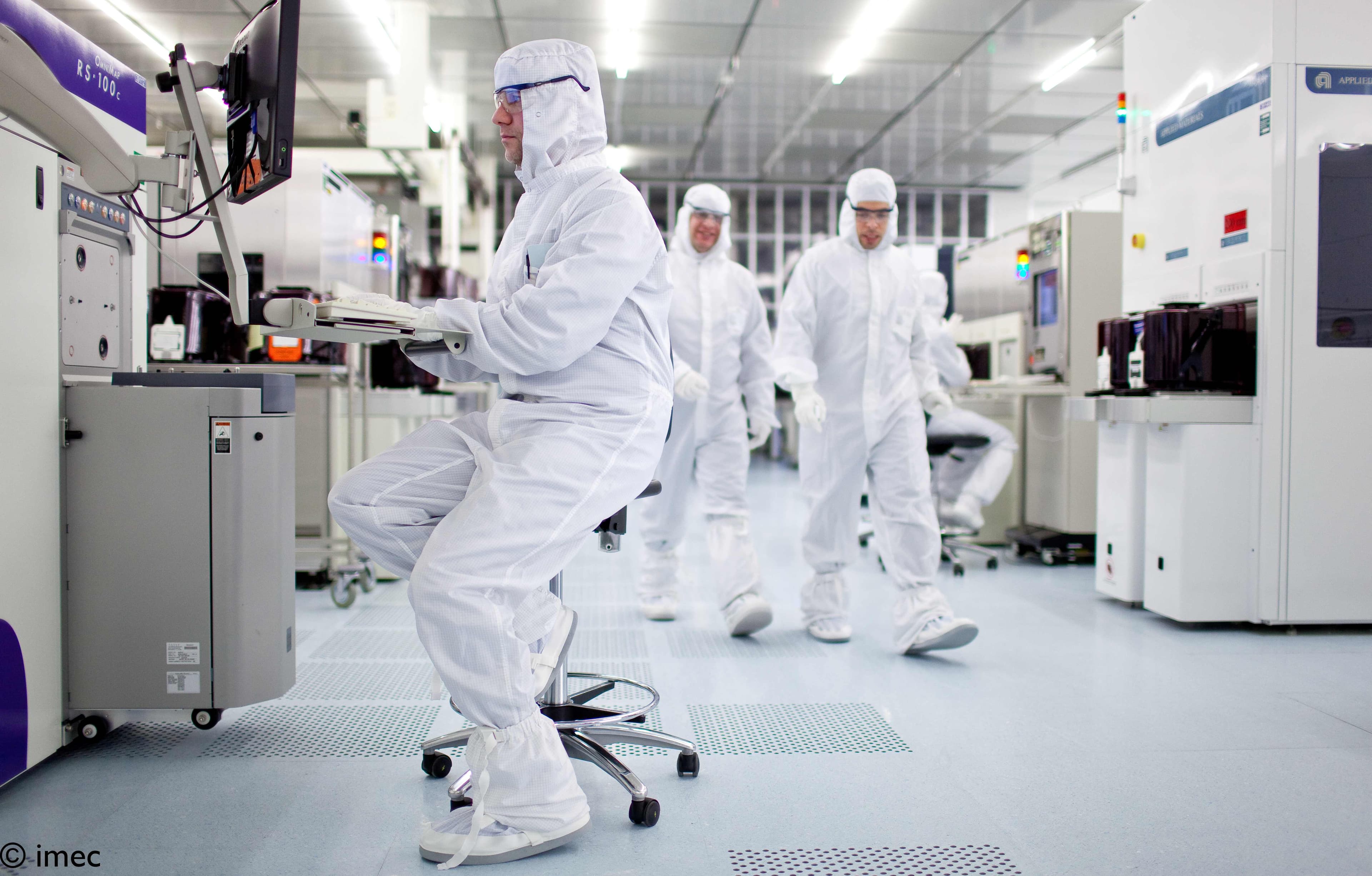Firefighters wear super-insulated clothing to protect them in high temperature situations. However, this protective clothing also numbs their senses to some extent, making it hard for them to tell when they risk burn injuries and should remove themselves from a dangerous situation. The imec.icon project I-CART was set up to reduce the number of burn injuries suffered by firemen by developing a sensor system that can be integrated into their protective clothing. In a way, the system reactivates their pain senses and natural instinct to avoid high temperatures by giving them an auditive warning signal when it is time to retreat.
The project was set up at the request of the Brigade of Firefighters of Paris (BSPP), the third biggest brigade worldwide. Firefighters frequently suffer second-degree burns, which comes at a high social and economic cost, e.g. long absences from work. Many of these injuries could have been avoided if the firefighters had known to retreat earlier.
Frederick Bossuyt, research lead of the I-CART project: “We faced two main challenges in this project. The first is that protective clothing needs to meet the European EN-norms, yet at the moment these have not yet been adapted to include technologically enhanced protective gear. Then, from a technological point of view, the main challenge was to make sure that our electronics were robust and safe enough to function in high temperatures.”
The outcomes
1. Electronic system and software designed by Connect Group
Bart Allaert (Manager New Technologies Connect Group), Kurt Dewulf (Development Engineer Connect Group): “The aim of the project is to design an integrated detection system in order to prevent second and third degree burn wounds by measuring temperatures. Connect Group designed the complete electronic system: electronic blocks and all electronics components, together with the development of the software have been defined by Connect Group, fulfilling the requirements of the end customer. The complete lay-out and interconnections between the different sub-assemblies were integrated. Special attention was paid to components which must be of a high reliability level. Temperature sensors, together with an appropriate low power microprocessor and a full on-board-logging system are integrated in the system. Also challenging is the impact of human sweat. An appropriate coating solution was found to protect our electronic circuits against this contaminating environment. Batteries, mounted in special high temperature resistant material, are crucial: they supply power to the system in the harsh situation which is a combination of high temperature, mechanical shock and vibrations. An extra feature of the system is low power consumption. Software is designed to detect the first level temperature and drives the integrated auditive haptic feedback system, taking into account the status of emergency.”
2. Functioning sensor system for textile integration
We developed a thin sensor system that is suitable for textile integration. To communicate from the sensors to the central circuit board, we used a specially developed ribbon including conductive thread integrated into the garment. The entire system is small, thin and does not affect the wearer’s comfort.
Vera De Glas, project lead of the I-CART project: “There have already been a number of large research projects on this topic in the past, but none of these yielded any commercial results. The reason for this is that their scope was too wide: tracking not only temperature, but also geolocation, gas detection, etc. That’s why we decided to focus on one dedicated case, i.e. preventing burn injuries by measuring temperature. This made it easier to test and fine-tune our prototypes in the field, an absolute requirement to develop this as a commercially available solution.”
3. Co-designed and tested by firefighting experts
Our smart tech-enhanced protective clothing was tested elaborately through container tests in collaboration with BSPP in Paris.
“These tests were important to fine-tune the algorithms that generate the warning signal and to determine the optimal location of the sensors (e.g. inner or outer layer). We also managed to reduce the number of sensors to 8 in total, 4 on the jacket and 4 on a complementary polo shirt. Though our main focus was on reliability and accuracy, reducing the number of sensors improved the cost-efficiency of our solution,” explains Frederick Bossuyt.
4. Safe and robust electronics
The project focused on protective clothing that meets the EN469 and EN ISO 11612 standard.
Vera De Glas: “So obviously, we have to be sure that adding technology does not impact the wearer’s safety. Not all electronics can function in such harsh circumstances with high temperatures. From a technological point of view, this was definitely one of the biggest challenges. To put our solution to the test, we placed it on a thermo-man during a flashover test (8 seconds in 1200 degrees). The test indicated that the technology does not pose an extra risk to the firefighter.”
This content is only visible on the desktop version of this website.
Download the leaflet
I-CART
Protecting firefighters from burn injuries with smart protective clothing.
I-CART is an imec.icon research project funded by Agentschap Innoveren & Ondernemen and imec.
It started on 01.10.2017 and ran until 30.09.2019.
Project information
Industry
- Sioen
- Connect Group
- BSPP – Brigade of firefighters of Paris
Research
- imec – CMST
- imec - IDLab – UGent
- imec - EA
Contact
- Project lead: Vera De Glas
- Research lead: Frederick Bossuyt
- Proposal Manager: Vera De Glas
- Innovation manager: Eric Van der Hulst






